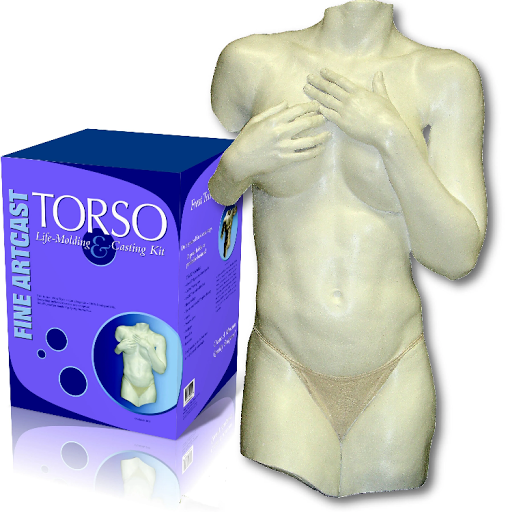MoldRite 25 is a popular silicone rubber formulation suitable for general mold making. The molds are easy to make and turn out to be high quality and long-lasting. They reproduce perfect details too.
Silicone rubber is a versatile material that lends itself well for making different types of molds. Moreover, the rubber is also formulated in diverse forms to suit varied purposes – there are separate formulations for general molds, food molds, body molds, mask making and doll reborning and even for making quick molds.
MoldRite 25 Silicone is a standard silicone mold rubber for making traditional molds from the house of EnvironMolds. It is favored by mold makers, sculptors, prototype artists, craft artists and other artists for making molds of candles, soaps, toys, picture frames, figurines, statuary, jewelry, plaster moldings, architectural pieces, prototyping and more. In fact, it is suitable for reproducing any item which requires high quality molds.
MoldRite 25 is easy to pour and has a pot life of 2 hours and working time of 40 minutes. The common procedure is to first pour a print coat over the model before continuing with the mold making. It will capture perfect details right down to the smallest undercut or indentation on the model. A release agent is not needed as silicone does not stick to anything except itself. In fact, the tendency to stick to itself comes handy as multiple coats of the rubber can be applied where needed.
The rubber cures quickly to form a flexible and reusable mold. It should be allowed to cure for 16 to 24 hours before demolding and an additional 24 hours air curing before casting. Heat acceleration is not recommended. Full cure takes 3 to 7 days.
It is advisable to maintain normal temperature and humidity as higher temperature and humidity will decrease the work life and pot life with faster cure that in turn decreases the flow time too.
The finished mold has high tear strength, is durable and reusable as well. It can be used to cast different materials like clay, wax, gypsum, polyester resin, epoxy or polyurethane resin. Actually, any material can be used for making the cast except silicone rubber.
The molds can be used to reproduce any number of casts for years to come. Proper cleaning, drying and storage after dusting with talcum powder will extend the life of the rubber mold.








